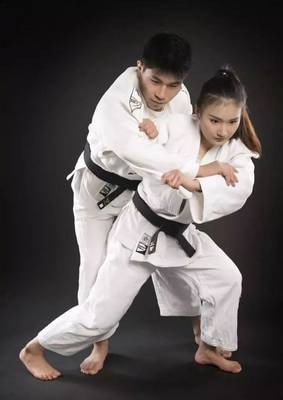英语8大语法:1.一般如今时:主语+do/does。 2.一般曩昔时:主语+did。 
3.如今进行时:主语+am/is/are doing。 4.曩昔进行时:was/were doing。 5.如今结束时:have/has done。 6.曩昔结束时:had done。 7.一般将来时:will do。 8.曩昔将来时:was/were to /would do。

一般如今时:常常、重复发生的动作或行为及如今的某种情况。
时刻状语:always, usually, often, sometimes, every week (day, year, month…), once a week, on Sundays, etc.
根柢规划:①be动词;②行为动词 否定方法:①am/is/are+not; ②此时态的谓语动词若为行为动词,则在其前加don't,如主语为第三人称奇数,则用doesn't,一起复原行为动词。
一般疑问句:①把be动词放于句首;②用助动词do发问,如主语为第三人称奇数,则用does,一起,复原行为动词。

一般曩昔时:曩昔某个时刻里发生的动作或状况;曩昔习气性、常常性的动作、行为。 时刻状语:ago, yesterday, the day before yesterday, last week(year, night, month…), in 1989, just now, at the age of 5, one day, long long ago, once upon a time, etc.
根柢规划:①be动词;②行为动词 否定方法:①was/were+not;②内行为动词前加didn't,一起复原行为动词。
一般疑问句:①was或were放于句首;②用助动词do的曩昔式did 发问,一起复原行为动词
。
如今进行时:标明现期间或说话时正在进行的动作及行为。
时刻状语:now, at this time, these days, etc. 根柢规划:am/is/are+doing
否定方法:am/is/are+not+doing.

一般疑问句:把be动词放于句首。
曩昔进行时:标明曩昔某段时刻或某一时刻正在发生或进行的行为或动作。
时刻状语:at this time yesterday, at that time或以when引导的谓语动词是一般曩昔时的时刻状语等。
根柢规划:was/were+doing
否定方法:was/were + not + doing. 一般疑问句:把was或were放于句首。
如今结束时:曩昔发生或现已结束的动刁难如今构成的影响或成果,或从曩昔现已初步,持续到如今的动作或状况。
时刻状语:recently, lately, since…for…,in the past few years, etc. 根柢规划:have/has + done 否定方法:have/has + not +d one.

一般疑问句:have或has。
曩昔结束时:以曩昔某个时刻为标准,在此早年发生的动作或行为,或在曩昔某动作之前结束的行为,即“曩昔的曩昔”。
时刻状语:before, by the end of last year(term, month…),etc. 根柢规划:had + done. 否定方法:had + 
not + done.
一般疑问句:had放于句首。
一般将来时:标明即将发生的动作或存在的状况及方案、方案或预备做某事。
时刻状语:tomorrow, next day(week, month, year…),soon, in a few minutes, by…,the day after tomorrow, etc.
根柢规划:①am/is/are/going to + do;②will/shall + do.

否定方法:①was/were + not; ②内行为动词前加didn't,一起复原行为动词。 一般疑问句:①be放于句首;②will/shall说到句首。
曩昔将来时:安身于曩昔某一时刻,从曩昔看将来,常用于宾语从句中。
时刻状语:the next day(morning, year…),the following month(week…),etc.
根柢规划:①was/were/going to + do;②would/should + do.
否定方法:①was/were/not + going to + do;②would/should + not + do.
一般疑问句:①was或were放于句首;②would/should 说到句首。

